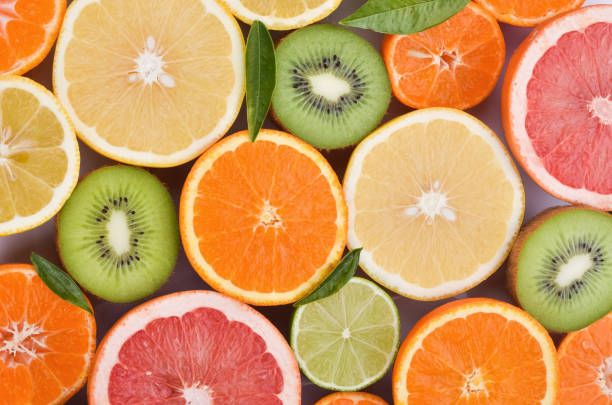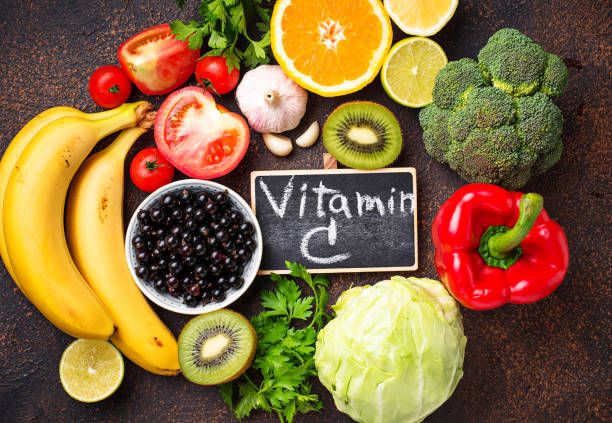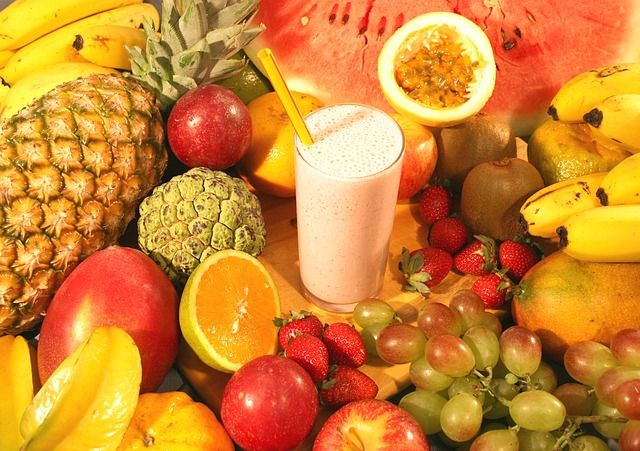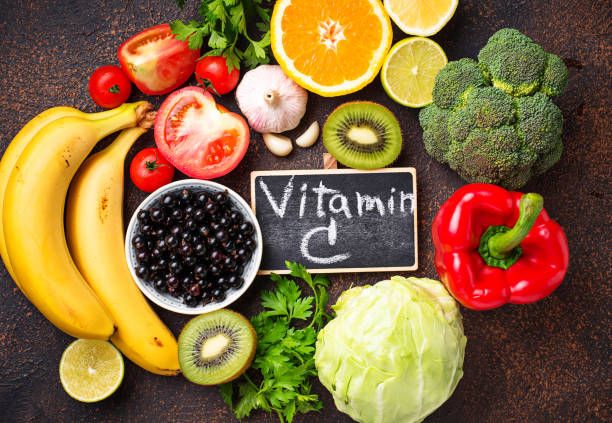VITAMIN C BACK IN THE LIMELIGHT


Vitamin C can be made by most animals, but not humans. However, researchers are learning that a lack of the nutrient leads to decreased muscle and bone fractures. Also, it is believed that the higher the vitamin C levels in the blood of the brain, the less likely dementia is to develop, and this year, a Japanese researcher identified a protein that transports vitamin C to the brain. Another experiment has confirmed that a lack of vitamin C leads to inflammation in the liver and other organs.

Abstract
Background and Purpose—Epidemiological evidence suggests that vitamin C may decrease the risk of stroke. The purpose of the present study was to examine the association of serum vitamin C concentration with the subsequent incidence of stroke.
Methods—In a Japanese rural community, a cohort of 880 men and 1241 women aged 40 years and older who were initially free of stroke was examined in 1977 and followed until 1997. The baseline examination included a measurement of serum vitamin C concentration. The incidence of stroke was determined by annual follow-up examinations and registry.
Results—During the 20-year observation period, 196 incident cases of all stroke, including 109 cerebral infarctions and 54 hemorrhagic strokes, were documented. Strong inverse associations were observed between serum vitamin C concentration and all stroke (sex- and age-adjusted hazard ratios were 0.93, 0.72, and 0.59, respectively, for the second, third, and fourth quartiles compared with the first quartile; P for trend=0.002), cerebral infarction (0.71, 0.59, and 0.51; P for trend=0.015), and hemorrhagic stroke (0.89, 0.75, and 0.45; P for trend=0.013). Additional adjustments for blood pressure, serum total cholesterol, body mass index, physical activity, smoking, alcohol drinking, antihypertensive medication, atrial fibrillation, and history of ischemic heart disease did not attenuate these associations markedly.

Conclusions—Serum vitamin C concentration was inversely related to the subsequent incidence of stroke. This relationship was significant for both cerebral infarction and hemorrhagic stroke. Additional mechanistic hypotheses may be required to explain our findings.
There has been a growing interest in the potential role of antioxidative vitamins for the prevention of cardiovascular disease because epidemiological evidence suggests that an increased consumption of fruit and vegetables may decrease the risk of this disease.1 For example, several cohort studies found a significant protective association of the consumption of fruit and vegetables or surrogate nutrients (particularly vitamin C and potassium) with stroke. Such a protective association has been reported not only for dietary intake but also for serum or plasma concentration of vitamin C. Two large cross-sectional studies in the United States (National Health and Nutrition Examination Survey [NHANES] II and III) demonstrated the association of higher serum ascorbic acid levels with a decreased prevalence of stroke. In addition, 2 prospective cohort studies have examined the association between plasma vitamin C concentration and mortality from stroke. Gale et al6 reported a significantly increased risk at lower levels of plasma vitamin C, and Gey et al found an increased risk among those whose plasma levels of vitamin C and β-carotene were simultaneously low. However, the detailed mechanisms of these associations have not been well revealed.

There are a number of mechanistic hypotheses about the potential protective effects of antioxidative vitamins against cardiovascular disease. One of the most common of these hypotheses may be the antioxidant hypothesis, that is, since oxidative modification of LDL is important, and possibly obligatory, in the pathogenesis of atherosclerotic lesions, antioxidative vitamins are protective against cardiovascular disease through their defensive effect on LDL oxidation. Another hypothesis may be that the effect of vitamin C is mediated by a lowering of blood pressure because several cross-sectional studies reported a weak but statistically significant inverse relationship between dietary intake or plasma (serum) concentration of vitamin C and blood pressure. Alternatively, the protective association of vitamin C with stroke may be explained by confounding because a high intake of fruit and vegetables is associated with other healthy behaviors.

Could vitamin C decrease the risk of stroke through its antioxidative effect, a lowering of blood pressure, other confounding effects on established cardiovascular risk factors, or through a combination of these mechanisms? Although it may be difficult to clearly answer this question, an analysis of the association between vitamin C and stroke according to subtype may advance the knowledge that is necessary to investigate the plausibility of these hypotheses. For example, if a decreased risk was observed for cerebral infarction but not for hemorrhagic stroke, a hypothesis linked with the prevention of atherosclerosis (eg, the antioxidant hypothesis) would be plausible. By contrast, if decreased risks were observed for any subtype, a combination of several mechanistic hypotheses may be required to explain these risk reductions. To gain the knowledge that would allow a more advanced discussion of these hypotheses, we analyzed the association of serum vitamin C concentration and fruit and vegetable intake with a subsequent 20-year incidence of stroke according to subtype using data based on a prospective cohort study conducted in a rural community in Japan.
THINGS YOU MAY NOT KNOW: Linus Pauling Vitamin C Over the next few years, Pauling upped his intake of vitamin C, eventually taking 18,000 mg per day. Vitamin C became his scientific obsession. In 1970, Pauling came out with his book Vitamin C and the Common Cold, where he encouraged Americans to consume 3,000 mg of vitamin C daily.
THINGS YOU MAY WANT TO SAVE: Your hancrafted daily VITAMIN C menu of fresh veggies loaded with VITAMIN C and veggies. Bright red bell peppers are loaded with VITAMINC and make an excellent stirfry lunch.
ZENTRAVELER SAYS: "COME ON MAN" The least you can do to avoid stroke and heart attack is to load up on Vitamin C by eating citrus and healthy veggies. Since most of us are not animals we dont make our own VIT C like animals..... so you can add 2000 mg VITC supplement daily and even try juicing for more protection. Think this is clickbait & bullshit go suck a limon.
From here to Infinity is a relatively short ride! The next leg takes eons and eons as you fly through the Barycentric Dynamical Time Zone! …and on and on and on. Follow the Zentraveler Newsletter often for Travel, Health and Zen-like stories and such. Where else can you get a THREE IN ONE NEWSLETTER FOR THE PRICE OF FREE.

ZENTRAVELER IS A PERSONAL NEWSLETTER, DESIGNED TO GIVE TRAVEL, HEALTH, WRITING AND HUMOR INCLUDING HELPFUL HINTS WITH A ZEN LIKE QUALITY.
PLEASE CHECKOUT MY NEW VIDEO PODCASTS AT ZENTRAVELER ON YOUTUBE...THANKS
